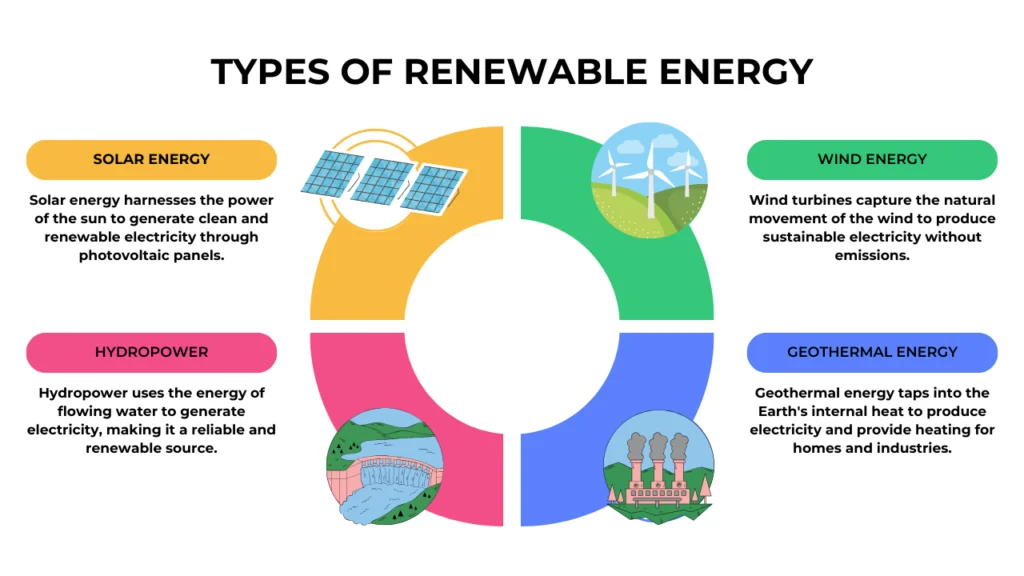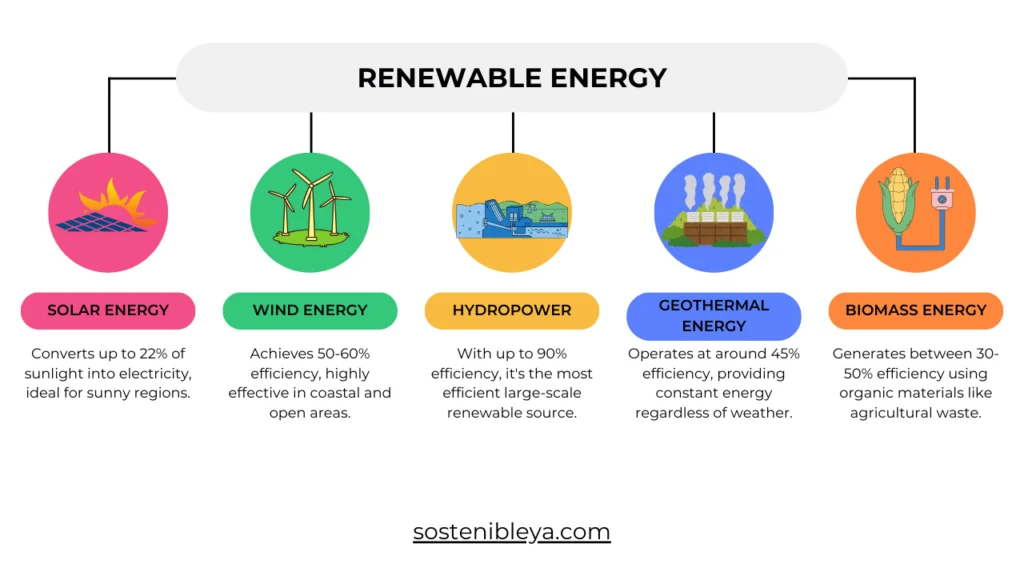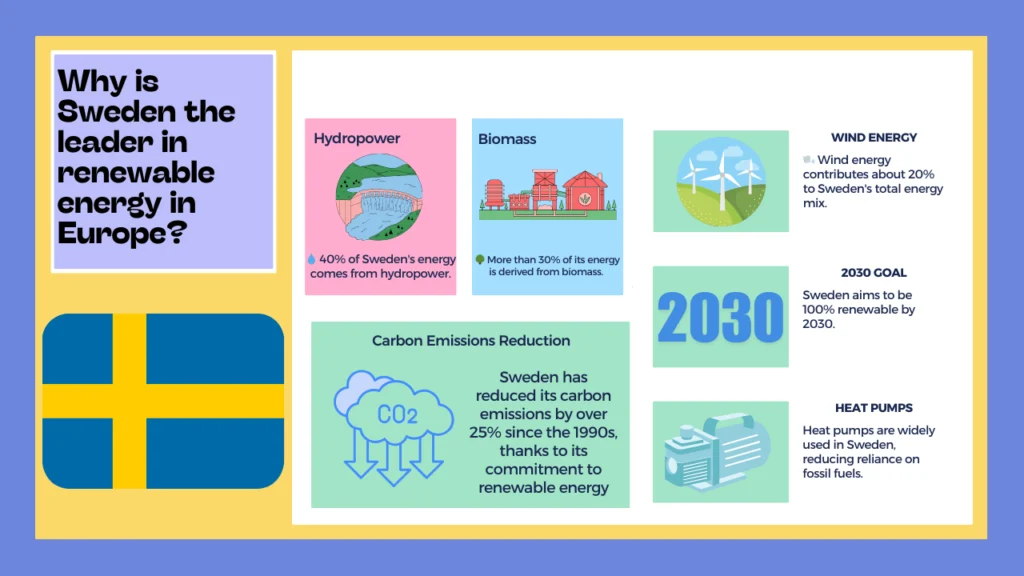
As the global focus shifts towards reducing carbon emissions and adopting cleaner energy sources, renewable energy has gained significant attention. While the benefits of renewable energy are well-documented, it’s important to acknowledge that this transition comes with certain challenges. So, what are the two major disadvantages of using renewable energy? Let’s explore them in detail.
1. Intermittency of Renewable Energy Sources 🌥️
One of the primary disadvantages of renewable energy is intermittency. Unlike fossil fuels, which can be burned to generate energy on demand, renewable sources like wind, solar, and even hydropower depend heavily on natural conditions. For example:
- Solar power is only available during daylight hours and can be affected by cloudy or rainy weather. However, despite these limitations, solar energy is often regarded as the cleanest energy source available today, producing zero emissions during operation.
- Wind power is only viable in areas with consistent wind speeds, and even then, the energy output can fluctuate based on wind strength.
- Hydropower, although reliable, may be affected by droughts or seasonal water availability.
This dependency on environmental conditions means that renewable energy production can be unpredictable, leading to periods where insufficient energy is generated to meet demand. As a result, energy storage solutions, such as advanced battery systems, are crucial to balancing supply and demand, but these technologies are still developing and can be costly.
Example of Intermittency in Solar Energy ⚡
A typical household solar panel system can only generate electricity when the sun is shining. During the night or on cloudy days, alternative energy sources or stored energy are needed to keep the lights on. This reliance on weather patterns poses a challenge for solar energy’s consistency.
2. High Initial Costs of Renewable Energy 💸
Another significant disadvantage of renewable energy technologies is their high upfront costs. Installing renewable energy systems such as wind turbines, solar panels, and geothermal plants requires a substantial initial investment. The cost breakdown includes:
- Installation: The infrastructure required for large-scale wind farms, solar arrays, or geothermal plants can be expensive.
- Equipment: The technology itself, like photovoltaic panels or wind turbines, often comes with a high price tag.
- Maintenance: Although renewable energy systems generally have lower maintenance costs compared to fossil fuel plants, the specialized technology involved still requires care and occasional repairs.
Example of High Costs in Wind Energy 💨
Offshore wind farms are among the most effective sources of renewable energy, but they also come with significant upfront costs. The construction, installation, and maintenance of offshore wind turbines require advanced engineering and logistics, making it an expensive endeavor despite long-term energy savings.
Other Challenges of Renewable Energy 🌍
While intermittency and high initial costs are two major disadvantages of renewable energy, there are other challenges to consider, such as:
- Geographic limitations: Certain renewable energy sources are more effective in specific locations. For example, solar panels work best in areas with abundant sunlight, while wind turbines are more efficient in regions with consistent wind patterns.
- Energy storage limitations: As renewable energy is not always available, there is a need for advanced energy storage systems to store excess energy produced during peak production times.
Why Renewable Energy is Still the Future 💡
Despite these disadvantages, Renewable energy is a crucial part of the global effort to combat climate change. Among the various renewable resources, the number one renewable resource has sparked debate, with many experts pointing to wind or solar as leaders in the transition to clean energy. The environmental benefits far outweigh the drawbacks, and continuous technological advancements are making renewable energy more accessible and affordable.
Conclusion: Weighing the Pros and Cons
While renewable energy has clear environmental and long-term economic advantages, understanding its limitations is essential. The intermittency of natural energy sources and the high initial costs of infrastructure present challenges that must be addressed. For those looking to calculate their carbon footprint, using a carbon calculator is a great first step to understanding and reducing your environmental impact. However, with ongoing innovation and investment in technology, renewable energy remains the most promising path toward a sustainable future.
FAQ
What are the two disadvantages of renewable energy?
The two primary disadvantages of renewable energy are its intermittency, which makes it unreliable in certain weather conditions, and its high initial costs for installation and infrastructure.
Can renewable energy replace fossil fuels entirely?
Yes, renewable energy has the potential to replace fossil fuels, but it will require advancements in energy storage and more widespread infrastructure development to ensure consistent energy supply.
How can we overcome the disadvantages of renewable energy?
Investing in energy storage technologies and reducing installation costs through innovation and government incentives can help mitigate the disadvantages of renewable energy.
What are the two disadvantages of renewable energy?
The two primary disadvantages of renewable energy are its intermittency (since renewable sources like solar and wind depend on weather conditions) and its high initial costs for installation and infrastructure.
What are the disadvantages of renewable energy?
Renewable energy has several challenges, including intermittency, geographic limitations, high upfront costs for technology and installation, and the need for advanced energy storage solutions to ensure a stable energy supply when natural sources are unavailable.
What are 2 advantages of renewable energy?
Two key advantages of renewable energy are:
Sustainability: Renewable energy sources like solar and wind won’t run out, unlike fossil fuels.
Environmental Benefits: They produce little to no greenhouse gas emissions, reducing air pollution and contributing to the fight against climate change.
What are 2 disadvantages to renewable energy described in the section?
The two main disadvantages mentioned are intermittency, where energy supply depends on weather conditions, and high upfront costs for installing renewable energy infrastructure like solar panels and wind turbines.
What are the disadvantages of renewable energy for kids?
Explaining to kids: Renewable energy is great, but sometimes it doesn’t work when we need it (like when the sun isn’t shining or the wind isn’t blowing), and building the machines to capture this energy can be expensive at first.
What are 3 disadvantages of non-renewable energy?
Limited Supply: Non-renewable energy like coal and oil will eventually run out.
Environmental Harm: Burning fossil fuels causes air pollution and contributes to global warming.
Geopolitical Risks: Countries often rely on importing non-renewable resources, leading to conflicts and economic instability.
Is renewable energy good or bad?
Renewable energy is good overall because it provides a clean, sustainable way to power our homes and cities without harming the planet. However, it does come with challenges, such as needing better ways to store energy and higher initial costs.



